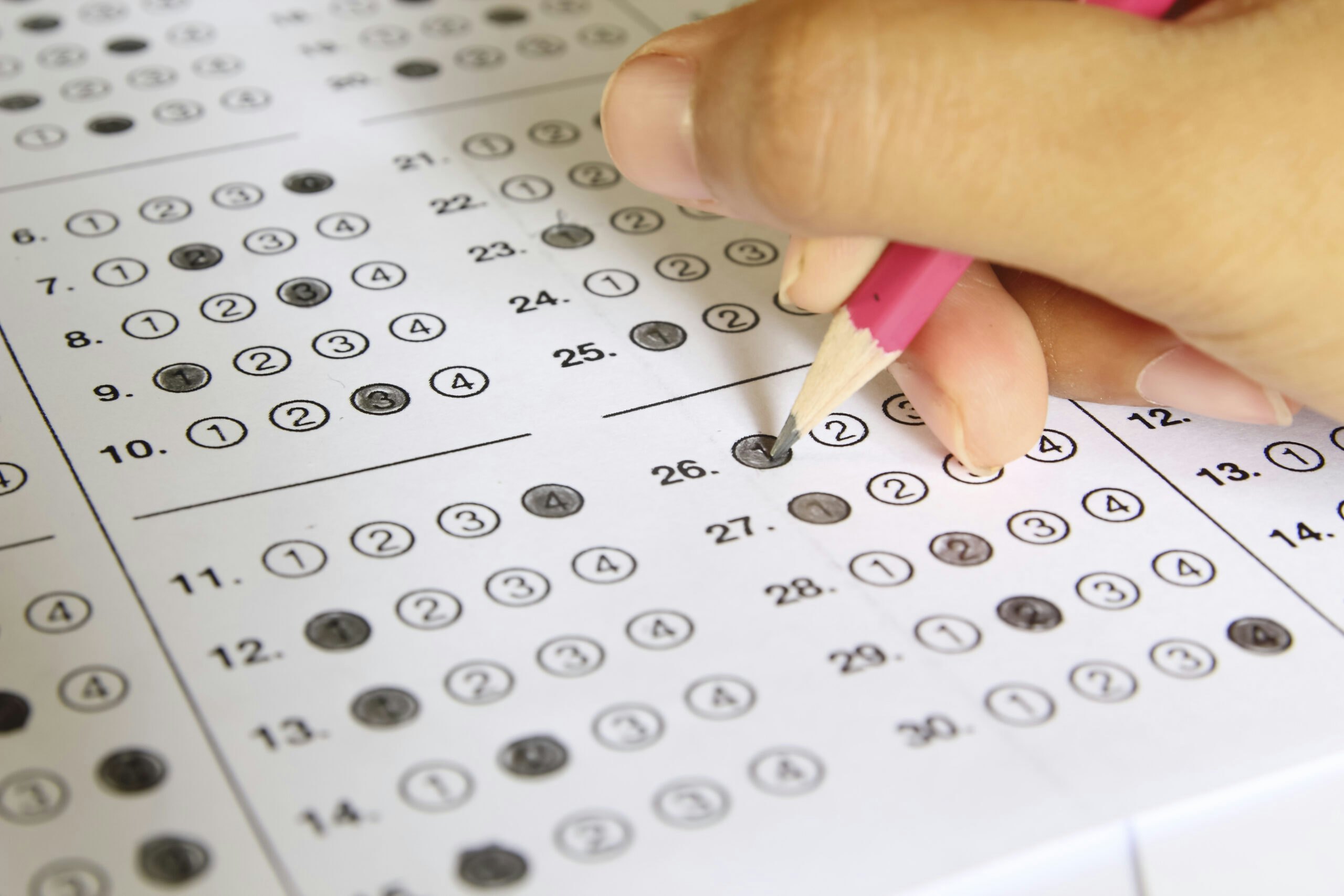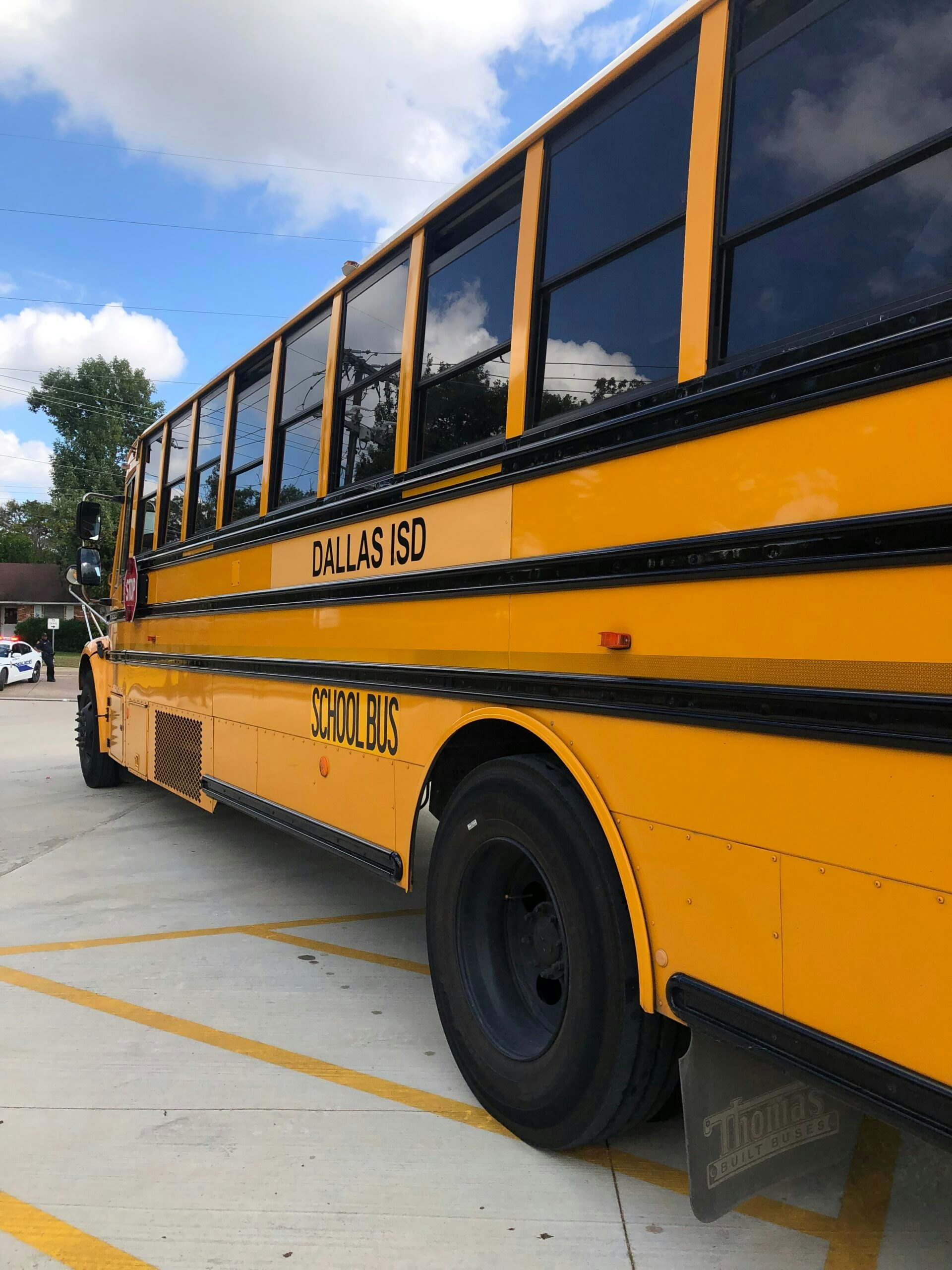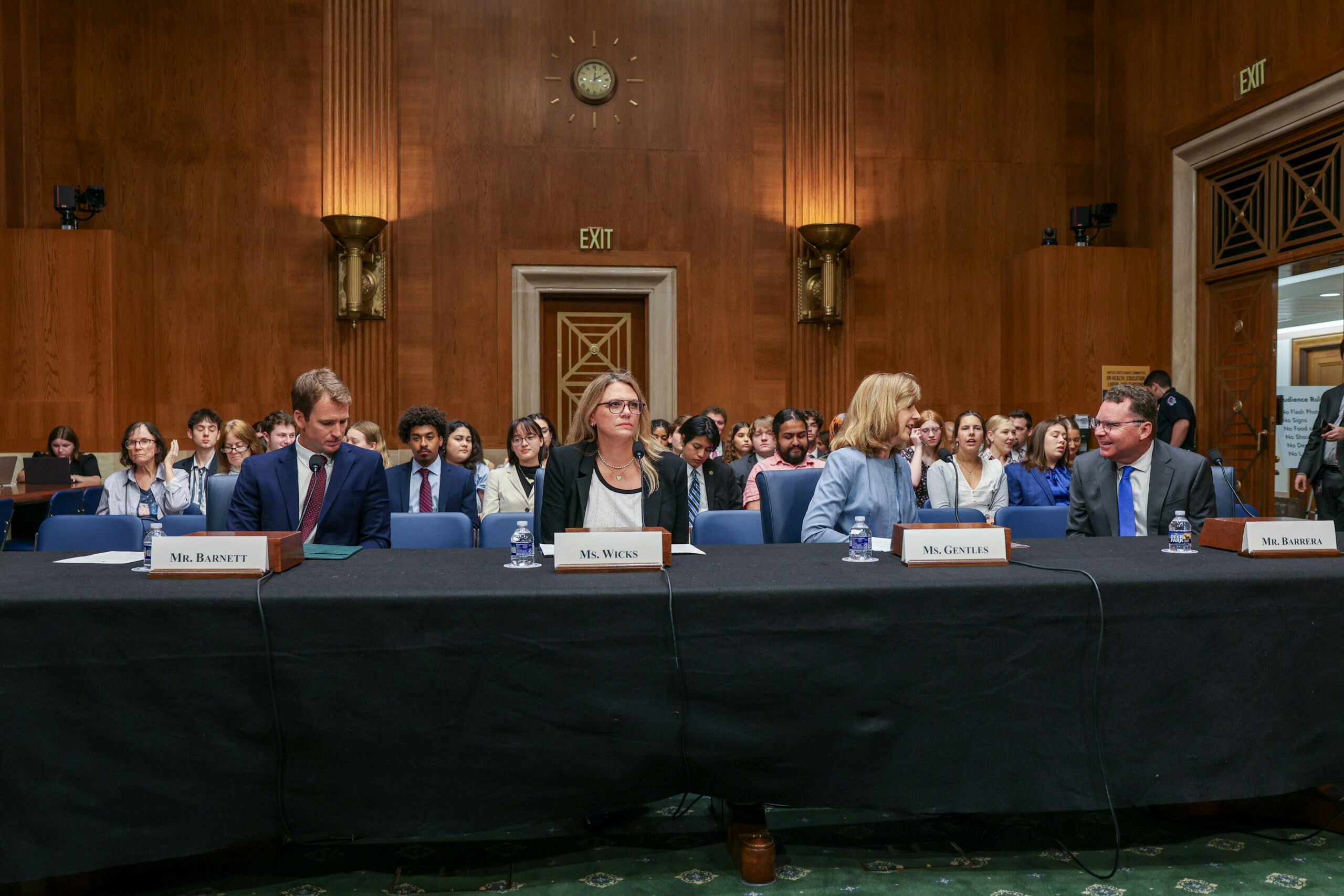According to The Nation’s Report Card, which shows the results of a national biennial test for American fourth and eighth graders, students’ reading comprehension skills are declining at alarming rates – and Texas students are well below the national average.
The Lone Star State ranked just 44th among eighth graders and 37th among fourth graders, based on data from the 2024 National Assessment of Educational Progress (NAEP), which measures what students should know and be able to do based on their grade level. Only 25% of Texas eighth graders and 28% of fourth graders were rated proficient in reading – or at grade level – on the test. Fourth grade students were asked to do things like form an opinion based on a text, and eighth graders to identify both sides of an argument.
Texas Education Commissioner Mike Morath called for more intensive support for students in response to the NAEP results. During this legislative session, state lawmakers should focus on policies that are grounded in research, like the science of reading, which focuses on five core elements of literacy instruction proven effective based on decades of research.
The Texas Legislature has a long history of passing laws and appropriating hundreds of millions of dollars to improve student literacy outcomes. House Bill 3, passed in 2019, required and funded reading academies to train every K-3 teacher and principal on the science of reading. On the surface, it seemed as if Texas had done everything it should to boost student literacy levels.
But broad policies and state appropriations alone are not enough. While House Bill 3 could have been the driver to make meaningful improvements to student literacy levels, implementation was left up to district interpretation and has been inconsistent. Training on the science of reading has varied in quality across the state, and in many districts, efforts have been watered down and ineffective, with teachers continuing to rely on instructional strategies that simply don’t work – a reality made painfully clear by the 2024 NAEP results.
If we want to ensure improved student literacy across the state, policymakers must focus on district-level supports and take a more active role in ensuring that educators develop and strengthen their knowledge, skills, and understanding of instructional practices grounded in the science of reading.
Mississippi and Louisiana are clear examples of just how powerful state support of district implementation can be. While NAEP literacy scores across the country are at their lowest levels in decades, both states saw substantial increases in their fourth grade reading scores, with Mississippi rising to ninth in the nation in 2024 after ranking 49th in 2013.
Like Texas, both states passed laws that require the science of reading. But unlike Texas, Mississippi and Louisiana also took a comprehensive approach in supporting implementation.
After passing laws that required classroom instruction, curriculum, and materials grounded in the science of reading, leaders from both states led efforts to ensure strong district implementation. For instance, in Mississippi, the state led effort to hire a corps of reading coaches, trained in the Science of Reading, and deploy them across the state to work directly with teachers in their classrooms. Both state education agencies continuously engaged parents and teachers, delivered clear guidance to districts, provided hands-on technical assistance for educators, and performed regular monitoring of progress and ongoing evaluation to ensure that district implementation was effective.
This approach to implementation is undoubtedly key to their success – and a departure from the regulatory and compliance-oriented roles state education agencies typically take.
While it’s unclear whether the Texas legislature will take up legislation to improve student literacy this session, the state’s NAEP scores should be a wake-up call that students need a stronger approach to reading instruction. Texas lawmakers should learn from states, like Mississippi and Louisiana, and finally enact a comprehensive policy that ensures all students receive literacy instruction based on the core elements of the science of reading – by requiring implementation at the classroom level that results in real change.
Texas has pursued improved reading scores for years. Hopefully, this is the year that we clearly and effectively implement what decades of research has shown works. The future of our students and our state depends on it.




























